You can save even more money on a solar panel installation, here’s how. Although getting a solar panel system is considerably more affordable nowadays, it’s still a hefty investment because of the high upfront payment and labor costs. That’s why interested consumers are encouraged to look into rebates and incentives on solar panels for potential long-term savings.
Table of Contents
This article will explore definitions, the different ways to recoup system installation costs, considerations, tips, and more. Read on.
Key Takeaways
- Not all states offer a solar rebate program in addition to the SRES.
- There are plenty of ways to recover the hefty upfront cost of having a system installed.
- An STC’s value may fluctuate depending on the flow of the market.
- Eligibility for a state rebate may depend on factors like your property type, system size, and income level.
What’s the Australian Government’s Solar Rebate?

As of writing, there’s still no upfront big rebate offered by the government. To make up for it, the Australian Government has a program called the Small-scale Renewable Energy Scheme (SRES) to make solar panels cheaper and incentivize system owners to cut further costs off their monthly electricity bills and tax credits.
There are 2 common ways to recover some of the costs of setting up and maintaining a rooftop solar and battery system:
- Government rebates can contribute to the cost of purchasing and setting up your system, depending on where you live and what programs are available. (see below for more info)
- Selling some of the electricity you generate back to the grid—a policy also known as feed-in tariff (FiT).
Homes with solar panel systems can, or will, receive certificates based on how much power their panels should make. The small-scale technology certificates (STC) can be traded to solar companies or installers to avail discounts, tax credits, or cash back.
Additionally, some states offer extra rebates on top of this, making solar panels even more affordable.
The value of the STCs fluctuates depending on the market conditions, so the effectiveness of the discount may vary from time to time.
You can read more about SRES and STCs by visiting the Clean Energy Council’s website or by consulting your state’s local government’s energy department.
Location Factors in Australia’s Solar Rebate Program
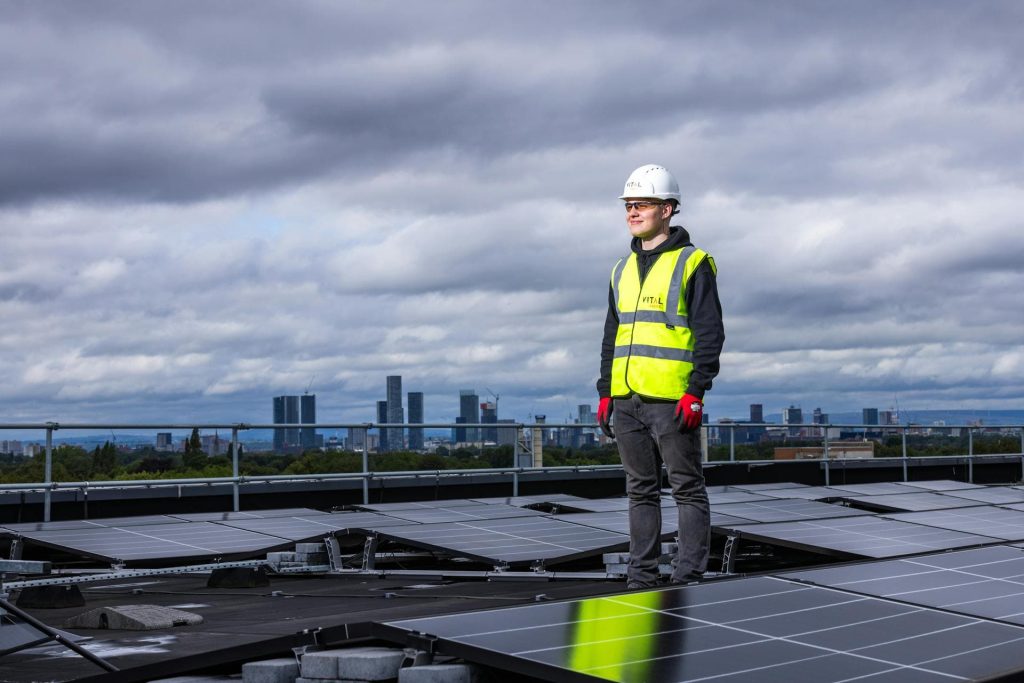
In Australia, the rebate you receive for solar panels through the SRES program depends on your location. Here’s a breakdown of how location affects rebate:
STC Zones
Australia is divided into different STC zones based on how much sunlight each area receives. Areas with more sunshine (northern parts) will have fewer STCs awarded per kilowatt-hour (kWh) of solar energy because they naturally generate more. However, zones with less sunshine (likely south) will receive more STCs per kWh. For example:
1) Victoria
- Up to A$1400 for a PV system if the property is below A$3 million or if the house is under construction. Homeowners can apply for an interest-free loan for installation costs, however, the loan must be repaid within the next four years.
- Homeowners with an existing solar system equal to or greater than 5kW can save up to a maximum of A$2,950 in solar battery rebate when purchasing brand-new solar batteries.
2) South Australia
- Residents of South Australia can receive up to A$4,000 in subsidies for solar battery system installation.
- Federal solar rebate in SA reduces solar panel costs by up to 30%.
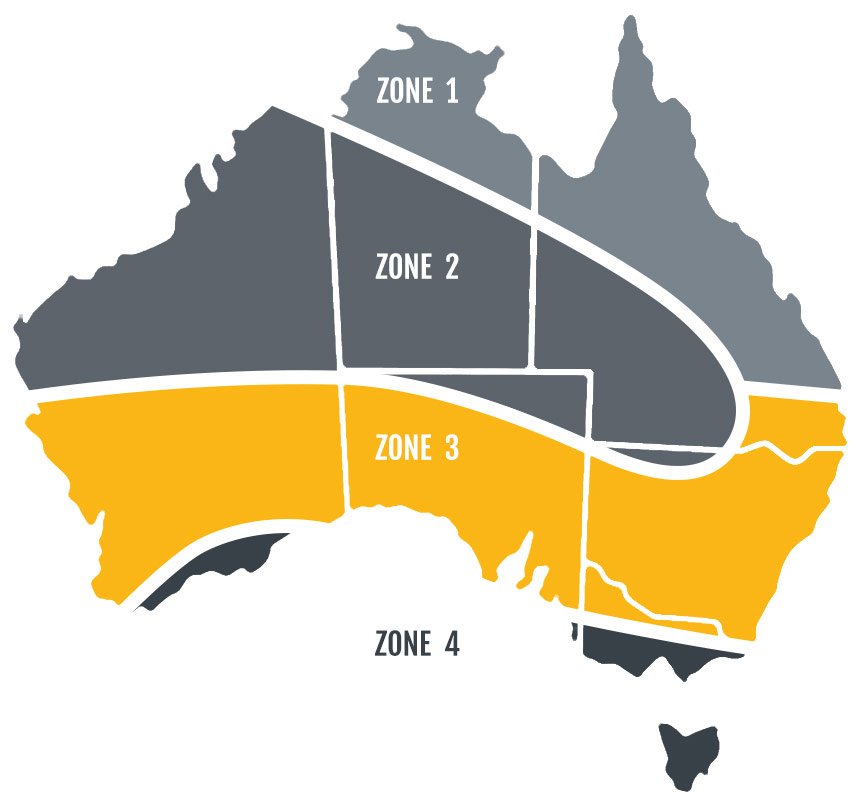
3) New South Wales (NSW)
NSW Residents receive around 30% of the cost of their solar system through STCs.
The NSW government offers multiple programs to allow residents to switch to an economical energy source. NSW solar rebate programs are available for:
- Individuals receiving the Low Income Household Rebate can get a Free and fully installed 3kW solar panel system. [Source]
- Residents living in suitable LAHC (Land and Housing Corporation) properties can swap the Low Income Household Rebate for a free and fully installed PV system.
4) Queensland
- Solar systems’ subsidy of up to $26,00 off on 6.6kW solar system installation.
- QLD’s average rebate is around $35 to $40 per STC.
5) Western Australia
- Western Australia’s solar rebates are around A$800, equivalent to up to 20+ STCs for a 1.5kW system. If you have a 2kW system, you will receive more than A$1,100 (equivalent to 30+ STCs).
- Residents in western Australia can benefit from the Synergy Distributed Energy Buyback Scheme (DEBS) and SRES. Both schemes aim to promote the use of renewable energy in the state and make it more affordable and accessible.
More STCs, More Rebate
Because STCs can be sold to retailers or a clearinghouse to compensate for the cost of a system, receiving more STCs translates to a greater financial benefit.
So, folks from zones in the south with more STCs per kWh would receive a larger rebate than someone in a northern zone with fewer STCs per kWh—even when they install solar panels that are the same size.
Frequently Asked Questions About Solar Panel Rebates in Australia
Here are the frequently asked and important questions we’ve answered:
How much is the Australian Government Solar Rebate?
An average of A$1400 up to A$4000 in 2024 to cover a portion of the total project and installation costs. The figures can fluctuate from time to time depending on the market.
How do I apply for rebates in Australia?
Applying for rebates in Australia varies depending on which specific program you’re applying for. There are two general methods you’ll likely encounter:
- Via service provider — This is common for rebates related to products or services, like private health insurance or solar panel installations. Typically, applicants may contact their PV system installer to register for the rebate and they will handle the application process.
- Via personal tax return —Some rebates are claimed as tax offsets when you lodge your annual tax return with the (ATO). ATO website carries all the necessary information on rebates you may be eligible for and how to claim them on your tax return.
These are the additional steps to apply for an Australian solar panel rebate:
- Present proof of income and details to confirm eligibility
- If applying for a rebate for an under-construction property, provide all necessary details and documents of all homeowners to support claims
- When your eligibility is confirmed, your retailer will claim the rebate on your behalf and deduct the rebate amount from the total cost of your system. You will then pay the outstanding balance directly to your retailer once your solar is installed and you’re good to go
Can I claim both the Victorian Solar Homes and Federal Rebate?
Yes, you can claim both the Victorian Solar Homes Rebate and the Federal Rebate for your solar panel installation.
Make sure you meet the requirements for both programs. You can find all the details on the Victorian Solar Homes program website and the federal program through the Australian Renewable Energy Agency.
Can I ‘double up’ and claim both the Victorian Solar Homes rebate as well as the federal rebate?
Yes and No. The Victorian rebate can only be claimed once and that’s it, but the federal solar PV rebate as many times as you like (for multiple properties, new installations, upgrades, etc).
Also, you can’t claim the Victorian government’s rebate to upgrade an existing system if you already have existing solar panels on your roof for under 10 years old.
Should I be in a rush when claiming a rebate?
It depends. Most rebates have a strict deadline and schedule for claims. Always check the rebate procedure details to see how early you should submit before you collect a claim.
Plus, it’s always better to submit earlier anyway. If the deadline is approaching or the rebate is being sent by check, submit your claim sooner rather than later.
How do I be eligible for a rebate in Australia?
There are a couple of steps for an applicant to be eligible for a rebate. The criteria for the eligibility claim are as follows:
- The installed solar PV system is less than 100kW in size
- A Clean Energy Council-accredited company or contractor carried out the unit design and installation
- The CEC approves the components your solar panel system have
- The combined household taxable income of the owner must be less than A$210,000 p.a
Final Thoughts
Australia is still overseeing a rise in the demand for solar panel systems, making people constantly look for means to save more on PVs—because it’s not a cheap investment. Qualifying for a PV system rebate program is simple, for this reason, interested consumers are highly encouraged to look into rebates and incentive programs for potential savings.
At the end of the day, money saved is money earned.
If you need further assistance with solar panel rebates and incentives, we’re more than willing to help. Book an appointment with us and we’ll help you with the rest, click here to schedule a consultation.

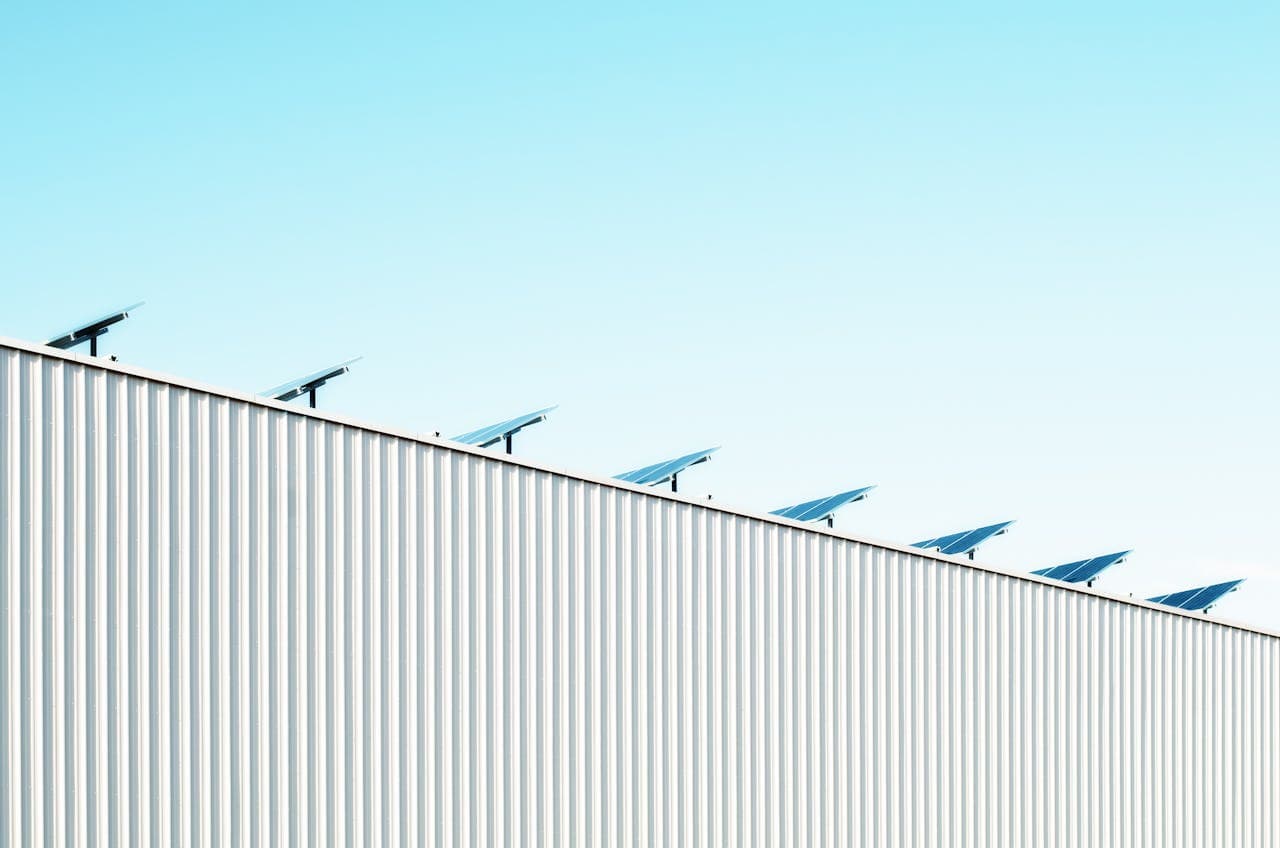
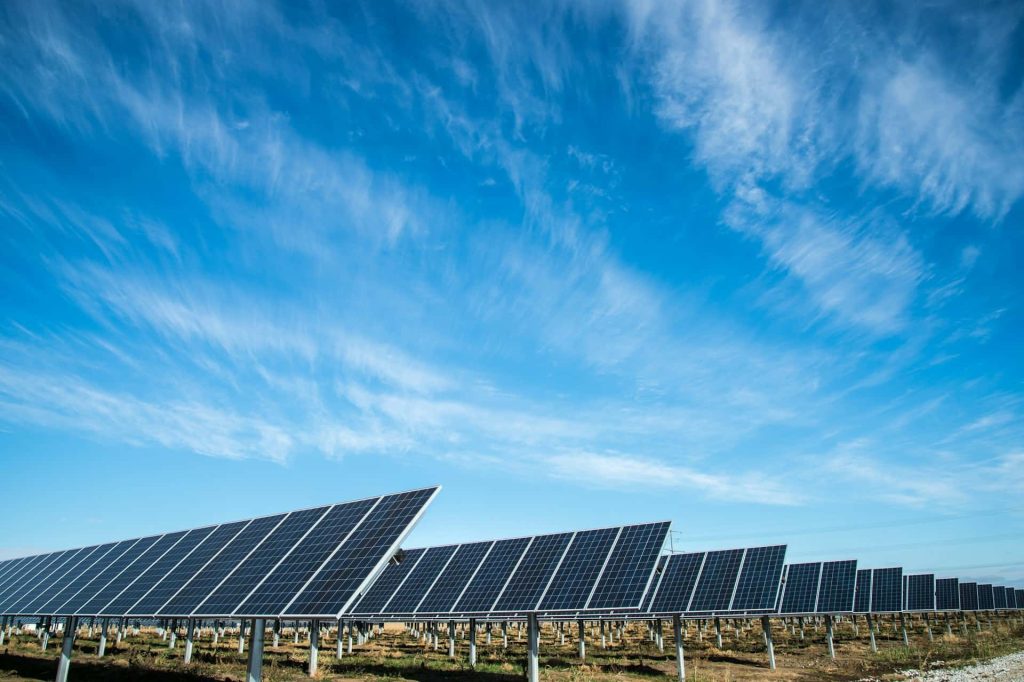

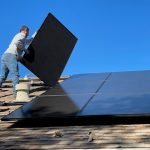


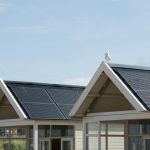
Leave a Reply